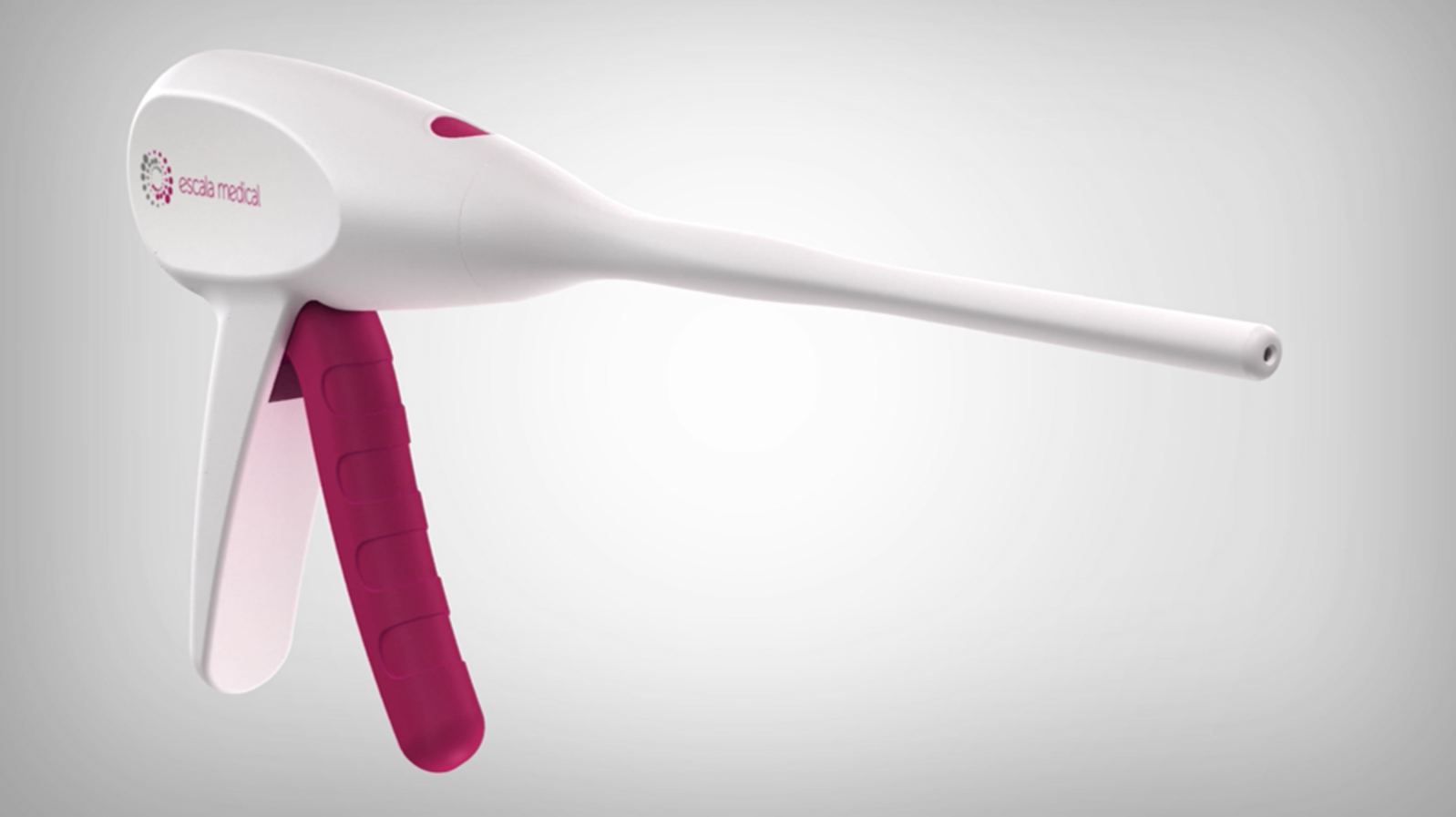Unfortunately, this ridiculous looking device will soon be inserted deeply into the pelvic cavity of countless women to staple the vagina to the sacrospinous ligament, a new twist on an old operation fraught with risk and failure.
The device is being ushered to market using the Food and Drug Administration’s 510K process, whereby safety and efficacy studies are automatically waved based on established and equivalent procedures, in this case the sacrospinous ligament fixation (SSLF).
Developed by vaginal surgeons Nichols and Randall in 1971, until recently SSLF has been an operation reserved exclusively for post-hysterectomy women. During SSLF a midline incision is made in the posterior vaginal wall. Blunt digital dissection is extended deeply behind the rectum and into the coccygeus muscle of the pelvic wall. Connective tissue overlying the coccygeus muscle is removed to completely...


